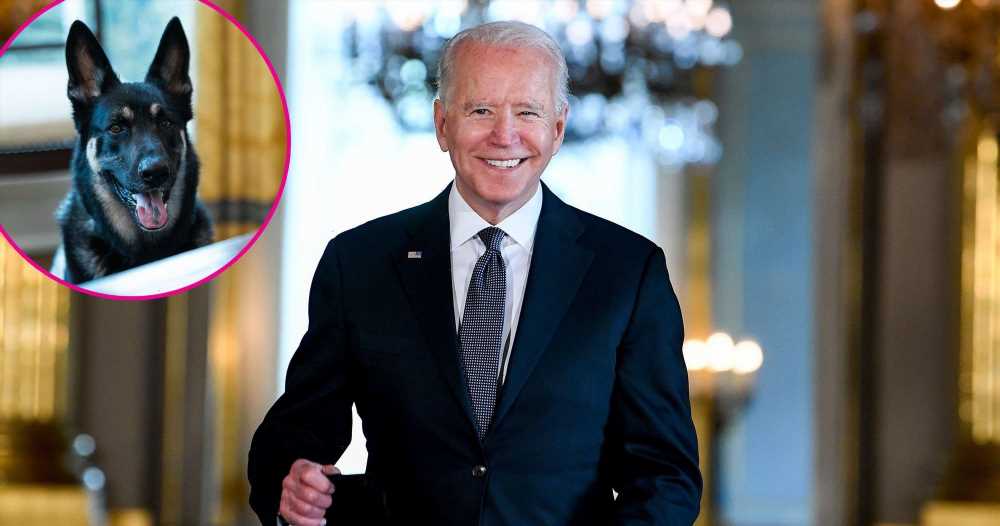With tired and depleted staffs as the COVID-19 pandemic approaches two full years, the nation's hospitals are once again struggling to keep pace with the rush of people who need lifesaving care in what experts predict will be another grim winter surge.
Hospitals expect conditions to worsen as the highly contagious omicron variant, detected in 36 states, continues to spread. Even though preliminary studies suggests omicron might be more mild than other variants, the Cornell University outbreak over the past week shows how fast the virus moves. Omicron cases are doubling every two days, Centers for Disease Control and Prevention Director Rochelle Walensky said this week.
States such as New York and Massachusetts urged hospitals to once again limit nonemergency operations to preserve staff and bed space. The threat of the new variant comes as hospitals in some communities are at the brink.
In Minnesota, the CEOs of nine health systems purchased full-page ads in major newspapers across the state this week to describe the dire situation. Pennsylvania Gov. Tom Wolf asked the Federal Emergency Management Agency for staffing help for the state’s strapped hospitals. In Arizona, the largest health system said hospitalizations are at the highest level of the pandemic and will continue to rise through mid-January as intensive care units fill with unvaccinated patients.
Video: Here’s why the omicron variant is raising concern
Hospitals in 36 states this week reported more COVID-19 patients than they did a week earlier, and hospitals in 39 states had more patients in intensive care units, according to U.S. Department of Health and Human Services data.
Hospitalizations nationwide have not reached last winter’s peak, when the vast majority of Americans did not have access to vaccines. More than 202 million people are fully vaccinated – about 6 in 10 Americans – and an additional 55 million have received booster doses, according to the CDC.
Still, in communities with large pockets of unvaccinated people, hospitals with exhausted nurses and doctors face another wave of patients sickened by the coronavirus.
Dr. Amesh Adalja, a senior scholar at Johns Hopkins Center for Health Security, said health care workers are frustrated because it's mostly unvaccinated people who are taking up beds and exhausting staff.
"These hospitalizations are self-inflicted," said Adalja, an emergency medicine and critical care doctor in Pittsburgh. "If you're a high-risk person and you're not getting vaccinated against COVID, you're basically asking for it. You're telling your community hospital, 'I'm coming there and I'm going to take a bed.'"
'It's not just about COVID-19'
Hospitals often run near capacity year-round, and administrators increase staffing during peak times.
HHS's weekly figures show COVID-19 patients occupy about 10% of all U.S. hospital beds. In intensive care units, about 20% of patients are sick with COVID-19. The bulk of hospital beds are occupied by people facing chronic conditions such as heart disease, stroke, cancer or complications from diabetes.
"It's not just about COVID-19 volumes," said John Hick, an emergency medicine doctor at Hennepin Healthcare in Minneapolis.
Some hospitals are also grappling with a surge in trauma wounds from gun violence, a mental health crisis with people seeking care in emergency rooms, and worsening drug overdoses, with more than 100,000 overdose deaths in the 12 months ending in April, Hick said.
The demand for emergency care "has been just putting tremendous stress on the system, and this has been the case in many, many states across the nation," he said.
Even before the pandemic, many hospitals struggled to find enough nurses, technicians and other providers to care for patients. But some nurses and other health care workers are leaving the profession because of fatigue, depression, retirement or concerns about bringing the virus home to their families.
Others are leaving hospital positions to take more lucrative travel gigs through staffing agencies that place health workers at hospitals and nursing homes. Hospital are paying staffing agencies $150 or more an hour for registered nurses who agree to short-term contracts, said Matthew Mawby, co-founder of StaffHealth.com.
Hospitals are offering nurses signing bonuses of up to $25,000 for staff positions, he said.
Hospital employment in November remained 2% below levels before COVID-19. The staffing crunch is even more dramatic at nursing care facilities, where employment has dropped nearly every month since the beginning of the pandemic. Workers at nursing facilities dropped 15% since February 2020, a Kaiser Family Foundation analysis shows.
Not surprisingly, nursing homes and long-term care facilities have been among the most aggressive in trying to retain nurses and recruit new staff.
"They're offering signing bonuses. They're offering incentives. They're offering the whole nine yards, and they're still struggling," Mawby said.
'Workforce is at a crisis level'
Even with staffing challenges, hospitals and other health facilities face the possibility of a winter surge of patients.
In Minnesota, the leaders of Mayo Clinic and eight other health systems said in the newspaper ads that hospitals are "heartbroken" and "overwhelmed," and appealed to the public to do their part to slow the virus. They urged residents to get fully immunized against COVID-19, get booster shots, wear masks and get tested when sick.
Like hospital workers across the country, Minnesota Hospital Association CEO Rahul Koranne said the state's nurses, doctors and other staffers are exhausted from a prolonged 20-month battle against COVID-19. Staffing gaps have accelerated, with about 1 in 5 workers quitting or retiring since March 2020, he said.
“They’re resigning, leaving to go to different industries, retiring,” Koranne said. “And workforce is at a crisis level, which is the primary reason why we have the capacity limitations across our hospitals.”
In Minnesota, hospitals are delaying non-emergency operations such as knee and hip replacements and even some heart surgeries. Such elective procedures are an important revenue generator for hospitals, and demand often increases toward the end of the year because consumers are eager to maximize their insurance benefits when they meet their annual deductible.
Nevertheless, such precautions are needed “because we have to make capacity for patients suffering from motor vehicle accidents, heart attacks and strokes,” and COVID-19, Koranne said.
In recent weeks. hospital emergency room hallways have been crowded with people who must wait hours for beds that aren’t available. In some cases, patients who would be admitted to the hospital under normal circumstances are sent home with instructions and referrals to outpatient clinics.
The workforce shortages have a cascading effect across different types of health facilities. Over one recent week, nearly 1,000 people in hospitals could not be safely discharged to skilled-nursing homes because those facilities did not have enough staff to care for them, Koranne said.
To alleviate that staffing crunch, Minnesota Gov. Tim Walz activated Minnesota National Guard members to work as nursing assistants at nursing homes. The federal Department of Defense also has sent workers to Minnesota and other states to help.
And although hospitals across the state are coordinating efforts to find patients care, the crowded and stressed hospitals can't accommodate all transfers. In November, requests to transfer 481 patients to intensive care units for a higher level of care were denied because of system constraints, Hick said. Nearly half of those requests came from rural hospitals that don't have the staff, expertise or equipment to handle extremely sick patients.
Adalja said many rural and suburban hospitals likely will be strained because they don't have the resources of large academic hospitals in big cities. They also often serve communities with higher rates of unvaccinated people.
He said root cause of today's crunch remains unvaccinated people who can overwhelm hospitals. Although the overall effect of omicron remains uncertain as scientists gather more information, Adalja does not believe this winter's surge will match last year's as measured by sickness and deaths because so many high-risk adults have been vaccinated and boosted.
Still, there are enough unprotected people to create regional hot spots, overburdened hospitals and unnecessary deaths.
“The longer these unvaccinated individuals remain unvaccinated, especially when they have high-risk conditions, the more kindling there is for any variant to get them.”
Ken Alltucker is on Twitter at @kalltucker, or can be emailed at [email protected]
This article originally appeared on USA TODAY: COVID hospitalizations are rising again as health staff shortages persist
Source: Read Full Article

